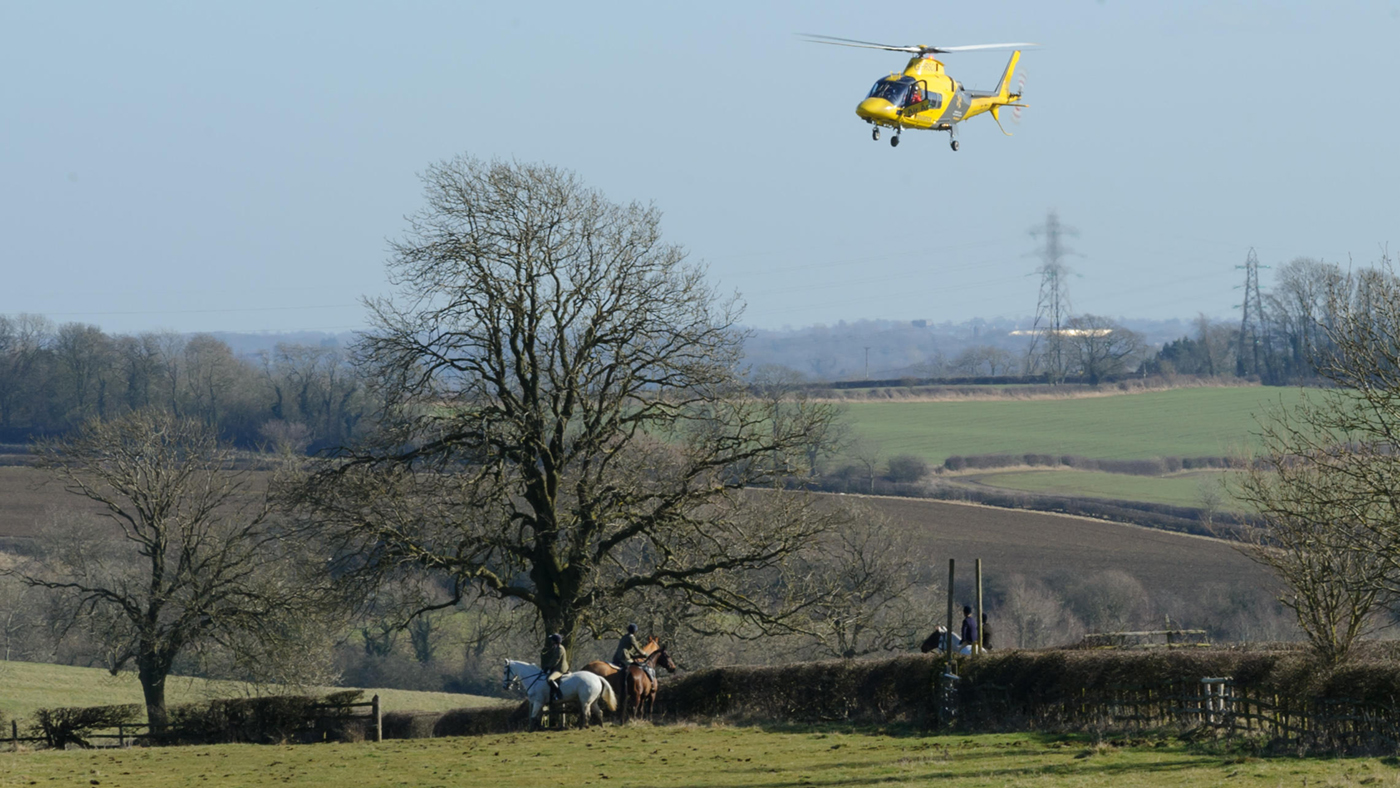The 2021 FEI online eventing risk management seminar covered a wide variety of topics including use of statistics to improve safety. H&H finds out more
EVENTING is closer than ever to boiling down risk to quantifiable numbers, to help riders understand the likelihood of jumping clear and shoulder the responsibility of their choices.
Equestrian data analysts EquiRatings presented the horse form index (HFI) at the 2021 FEI online eventing risk management seminar (23 January).
The HFI is a move away from isolated good results and looks at the overall quality of a horse’s performance, in an enhanced way to the EquiRatings quality index.
“We want to be able to say ‘what is the overall quality of this horse’s performance looking like?’” said founder and director Sam Watson, adding that the aim is for this to be a tool to give clear information about how a horse is performing, to help people make better decisions.
“The MERs [minimum eligibility requirements] and qualifications are sometimes misinterpreted by people as thinking ‘oh, well now I’m ready to move up”. As a governing body we are trying to say ‘look, we have a minimum level but we want you guys to be making the decision as to whether you need to do twice or three times as many [events] — you have to make that decision yourselves’.
“That will hopefully put more responsibility on the riders, to manage that quality of performance, that’s been our objective really since we started and this is a refined version that we think is going to be much more user-friendly going forward.”
Sam added that the index will use rolling results data, so one bad day will not matter as it is about the balance.
“It’s important this goes alongside a qualification system as until a horse is performing poorly more than it is performing well, this number doesn’t really come into play for recommending whether they should be at a level or not,” he said. “The qualification system needs to be there so we now know you have enough experience and alongside that we have a number that says ‘are you comfortable?’ did it take you 10 attempts to get MERs or just two?”
The aim is to present the information in a way that allows people to see how they measure against the statistics. For example, if their results with a horse mean they are more likely to jump clear or have a fall at a certain level of event, and where they sit on that scale.
Fellow EquiRatings founder and director Diarmuid Byrne said: “Every year and every country we’ve been to, one of the critical areas we’ve talked about is rider and owner responsibility as it’s such a critical part of risk management.
“Because it is so intangible it’s difficult to progress, to know what it means, so how do we create something that gives the responsibility to all the riders and some of the owners?
“You’re not trying to make detailed predictions, we’re absolutely not going to be able to produce a list of horses at a competition and say ‘these people will fall’, it doesn’t work like that.
“What we can do is say ‘there have been other riders who have had similar outcomes to you, and this is how they’ve performed at this level of the sport’. That is what we hope will make rider responsibility real. So if they do consider making that step up perhaps without the experience, that’s the first time we can really say: ‘that’s on you’.”
The presentation indicated there is scope for the HFI to be incorporated into the FEI rules from 2023, which may restrict certain horses with MERs but who, statistics show, are at higher risk of falls, from competing at certain events.
FEI risk management steering group chairman Geoff Sinclair stressed that no decisions have been made on that yet.
EquiRatings also looked into the validity period of MERs for horses and found there is little difference between the risk statistics of those who have had an FEI MER within 90 days and 18 months. But after that, the risk increases.
“If we’ve not seen a horse at an FEI competition, or they’ve not got an MER in FEI competition in the last 18 months and they are going to four- or five-star competitions, that’s when we start to see a significant jump [into higher fall rates],” said Sam.
You might also be interested in…

Safety in horse sport: the latest statistics and innovations *H&H Plus*
Equestrianism will always be a high-risk sport, but horse and rider injury rates are decreasing. H&H assesses the latest safety

Horseball, water treadmills and a French connection – nine things you didn’t know about Alex Bragg
From playing horseball as a child to scoring his best results in France, we dig out nine facts you may

The importance of evidence and reporting to improve our safety on roads *H&H Plus*

New rotationals falls research is a ‘vital’ safety step

Dressage sheet adding error costs eventer national championship title
Evelina Bertoli was denied a national championship win by 0.1 of a penalty after her dressage sheet was added up

